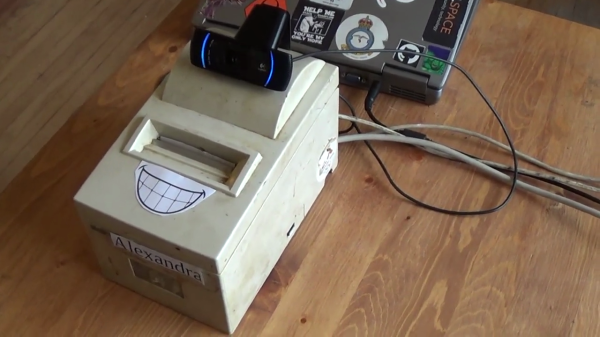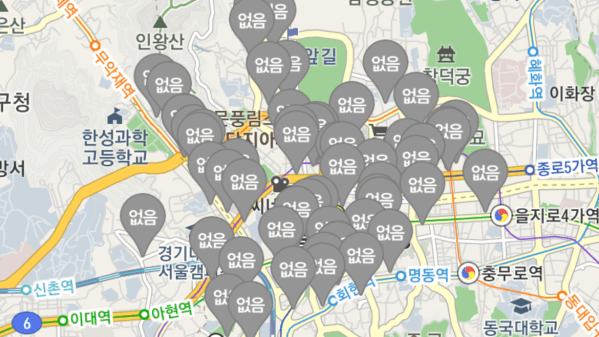[Mark Jenkins] wasn’t impressed with the Covid 19 vaccination verification systems that restaurants in Manitoba are required to use. Patrons must present a QR code, which must be verified by a mobile app available only from Apple or Google. With help from his local hackerspace, he came up with a bash script solution requiring only kilobytes vs the 50 MB of the mobile apps. [Mark] isn’t pleased with the exclusivity of the apps availability and the lack of an open API. His concern isn’t entirely theoretical, either — Google mysteriously pulled their app from the Play Store for over a week.
The interim result, shown in the video below, is a demonstration system called Alexandra. It consists of a receipt printer, a webcam being used as a QR scanner, and a 2005-era laptop running the script. This is merely a proof of concept, as [Mark] clearly notes. There is still some work to be done — for example, the method used to authenticate with the Google server is transient. But eventually [Mark] hopes to have a free software alternative soon, suitable for restaurant owners to use in their establishments.
What kinds of vaccination verifications systems, if any, are used in your part of the world? Is the system open or proprietary? Let us know in the comments below.
Continue reading “Manitoban Makes Open Software Demo Of Proprietary Vaccine Verification Systems”













